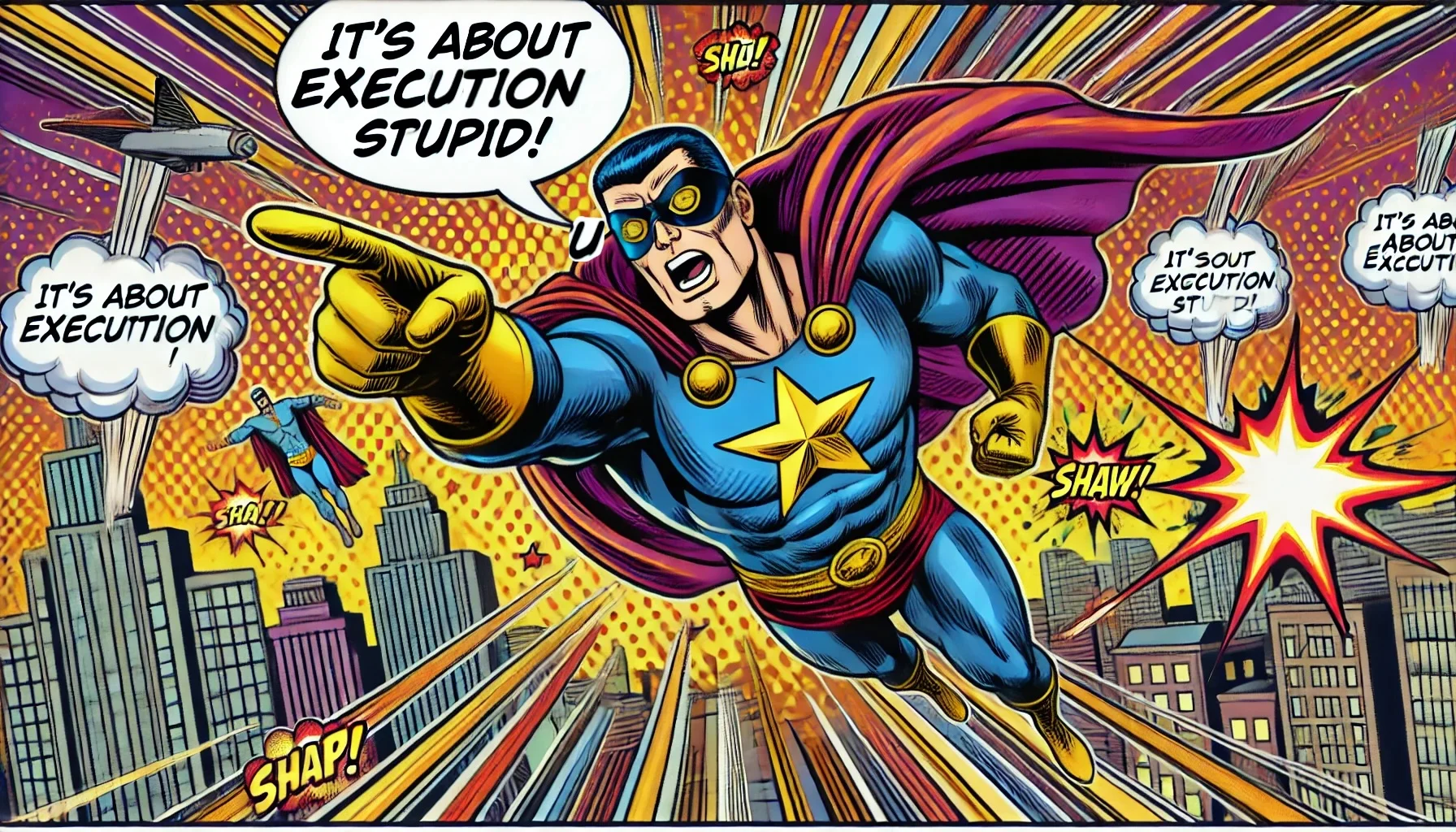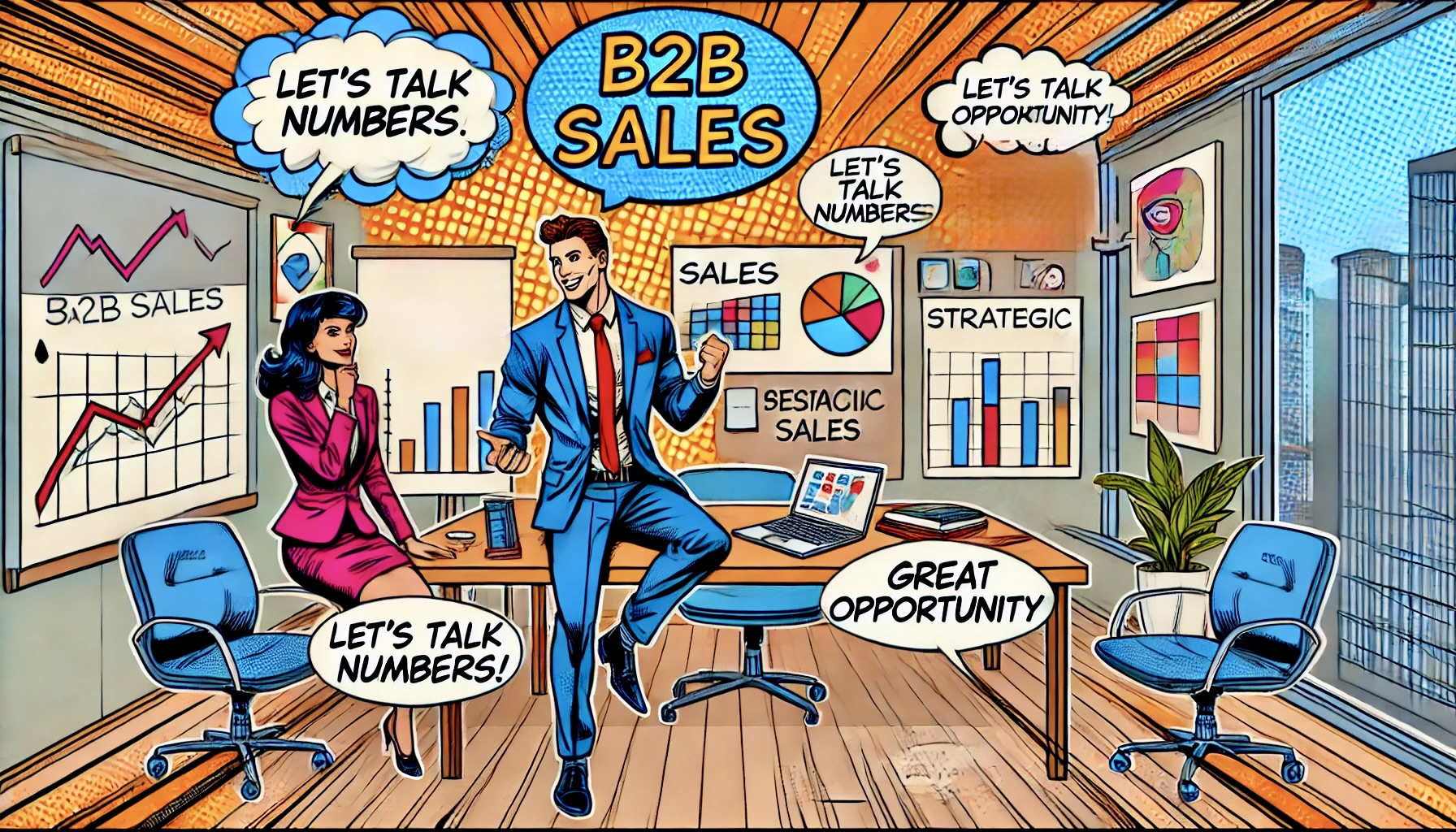

Marvel’s meteoric rise from the brink of bankruptcy to becoming one of the most dominant entertainment franchises in history is a masterclass in execution. While bold ideas and creative storytelling played critical roles, it was the meticulous execution of a visionary plan that transformed Marvel from a struggling comic book company into a cultural and financial juggernaut.
In the early 1990s, Marvel was at the peak of its powers in the comic book industry. Titles like «X-Men» and «Spider-Man» were flying off the shelves, with millions of copies sold. However, this success was built on a fragile bubble. Speculative buying—fans purchasing comics as future collectables—fueled the boom but couldn’t last. When the bubble burst, Marvel’s stock price plummeted from $35.75 to $2.375, and the company filed for bankruptcy in 1996.
Desperate for survival, Marvel sold the film rights to some of its most iconic characters, including Spider-Man (to Sony), X-Men (to Fox), and Hulk (to Universal). These deals provided short-term cash flow but limited Marvel’s future control over its intellectual properties. The company needed a radical change to secure its survival.
The turning point came in the early 2000s when Marvel contemplated making its movies. This was a monumental risk. Marvel had no experience as a film studio and had to secure a $525 million loan—using the film rights to characters like Iron Man and Thor as collateral—to fund its vision.
Enter Kevin Feige, a young producer who deeply understands Marvel’s vast library of characters. Feige’s groundbreaking idea was to create an interconnected universe on film, mirroring the comic book model where characters crossed over into each other’s stories. This concept, now known as the Marvel Cinematic Universe (MCU), was revolutionary.
The execution began with a calculated gamble: making Iron Man the first MCU film. Iron Man was not a household name like Spider-Man or Wolverine, but the team believed the character’s story and charisma could shine on screen. Casting Robert Downey Jr. as Tony Stark was another bold decision. Downey Jr.’s talent was undeniable, but his troubled past made him a risky choice. Yet Marvel recognized that his redemption story mirrored Tony Stark’s journey, and the gamble paid off spectacularly.
Released in 2008, Iron Man was a critical and commercial triumph, grossing $585 million worldwide. However, the true genius lies in the post-credits scene, where Nick Fury, played by Samuel L. Jackson, introduces the idea of the Avengers Initiative. In just 30 seconds, Marvel teased a grander vision, leaving audiences eager for more.
Marvel Studios didn’t rest on its laurels. Each subsequent film—from The Incredible Hulk to Thor and Captain America: The First Avenger—added pieces to the larger puzzle. These weren’t standalone movies; they were chapters in a larger narrative. The interconnected storytelling required meticulous planning, from ensuring film continuity to casting actors who could embody their roles over a decade.
In 2012, Marvel’s execution reached its first major milestone with The Avengers. For the first time in cinematic history, characters from multiple films came together in a single blockbuster. The film was a resounding success, earning $1.5 billion globally and proving that the MCU model worked.
In 2009, Marvel’s efforts caught the attention of Disney, which acquired the company for $4 billion. With Disney’s resources and distribution network, Marvel’s vision expanded even further. The MCU’s «Phase Two» introduced new franchises like Guardians of the Galaxy and expanded the universe’s narrative scope. By the time Avengers: Endgame was released in 2019, the MCU had become the highest-grossing film franchise in history, earning over $22 billion.
Marvel’s journey from near collapse to global dominance is a testament to the power of execution. By combining a bold vision with meticulous planning and risk management, Marvel built a franchise that entertains and inspires. Today, the MCU is more than just a series of movies; it’s a cultural phenomenon, beloved by fans worldwide and studied by business leaders as a griping case study in strategic execution.
Marvel’s meteoric rise from the brink of bankruptcy to becoming one of the most dominant entertainment franchises in history is a masterclass in execution. While bold ideas and creative storytelling played critical roles, it was the meticulous execution of a visionary plan that transformed Marvel from a struggling comic book company into a cultural and financial juggernaut.
In the early 1990s, Marvel was at the peak of its powers in the comic book industry. Titles like «X-Men» and «Spider-Man» were flying off the shelves, with millions of copies sold. However, this success was built on a fragile bubble. Speculative buying—fans purchasing comics as future collectables—fueled the boom but couldn’t last. When the bubble burst, Marvel’s stock price plummeted from $35.75 to $2.375, and the company filed for bankruptcy in 1996.
Desperate for survival, Marvel sold the film rights to some of its most iconic characters, including Spider-Man (to Sony), X-Men (to Fox), and Hulk (to Universal). These deals provided short-term cash flow but limited Marvel’s future control over its intellectual properties. The company needed a radical change to secure its survival.
The turning point came in the early 2000s when Marvel contemplated making its movies. This was a monumental risk. Marvel had no experience as a film studio and had to secure a $525 million loan—using the film rights to characters like Iron Man and Thor as collateral—to fund its vision.
Enter Kevin Feige, a young producer who deeply understands Marvel’s vast library of characters. Feige’s groundbreaking idea was to create an interconnected universe on film, mirroring the comic book model where characters crossed over into each other’s stories. This concept, now known as the Marvel Cinematic Universe (MCU), was revolutionary.
The execution began with a calculated gamble: making Iron Man the first MCU film. Iron Man was not a household name like Spider-Man or Wolverine, but the team believed the character’s story and charisma could shine on screen. Casting Robert Downey Jr. as Tony Stark was another bold decision. Downey Jr.’s talent was undeniable, but his troubled past made him a risky choice. Yet Marvel recognized that his redemption story mirrored Tony Stark’s journey, and the gamble paid off spectacularly.
Released in 2008, Iron Man was a critical and commercial triumph, grossing $585 million worldwide. However, the true genius lies in the post-credits scene, where Nick Fury, played by Samuel L. Jackson, introduces the idea of the Avengers Initiative. In just 30 seconds, Marvel teased a grander vision, leaving audiences eager for more.
Marvel Studios didn’t rest on its laurels. Each subsequent film—from The Incredible Hulk to Thor and Captain America: The First Avenger—added pieces to the larger puzzle. These weren’t standalone movies; they were chapters in a larger narrative. The interconnected storytelling required meticulous planning, from ensuring film continuity to casting actors who could embody their roles over a decade.
In 2012, Marvel’s execution reached its first major milestone with The Avengers. For the first time in cinematic history, characters from multiple films came together in a single blockbuster. The film was a resounding success, earning $1.5 billion globally and proving that the MCU model worked.
In 2009, Marvel’s efforts caught the attention of Disney, which acquired the company for $4 billion. With Disney’s resources and distribution network, Marvel’s vision expanded even further. The MCU’s «Phase Two» introduced new franchises like Guardians of the Galaxy and expanded the universe’s narrative scope. By the time Avengers: Endgame was released in 2019, the MCU had become the highest-grossing film franchise in history, earning over $22 billion.
Marvel’s journey from near collapse to global dominance is a testament to the power of execution. By combining a bold vision with meticulous planning and risk management, Marvel built a franchise that entertains and inspires. Today, the MCU is more than just a series of movies; it’s a cultural phenomenon, beloved by fans worldwide and studied by business leaders as a griping case study in strategic execution.



